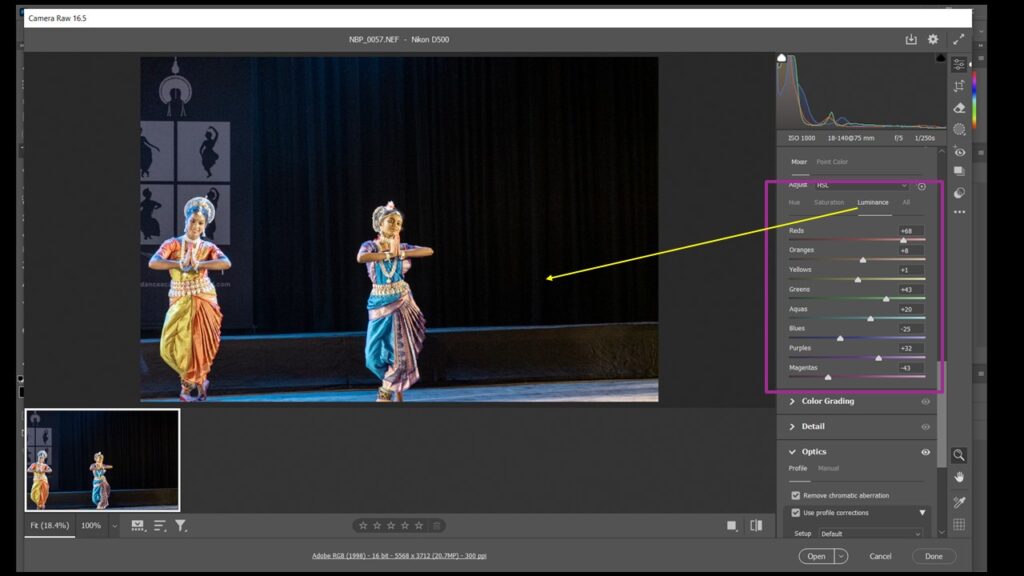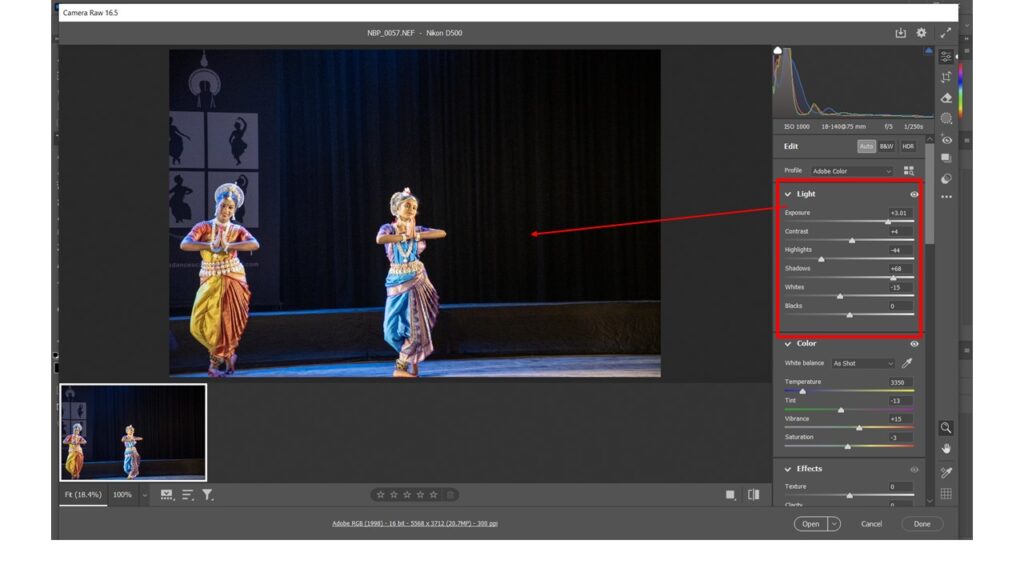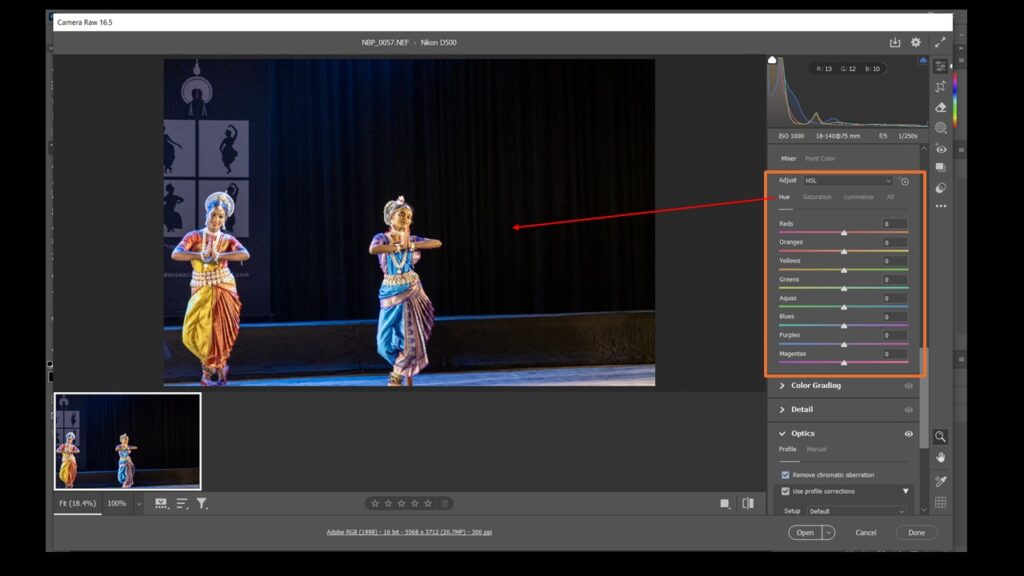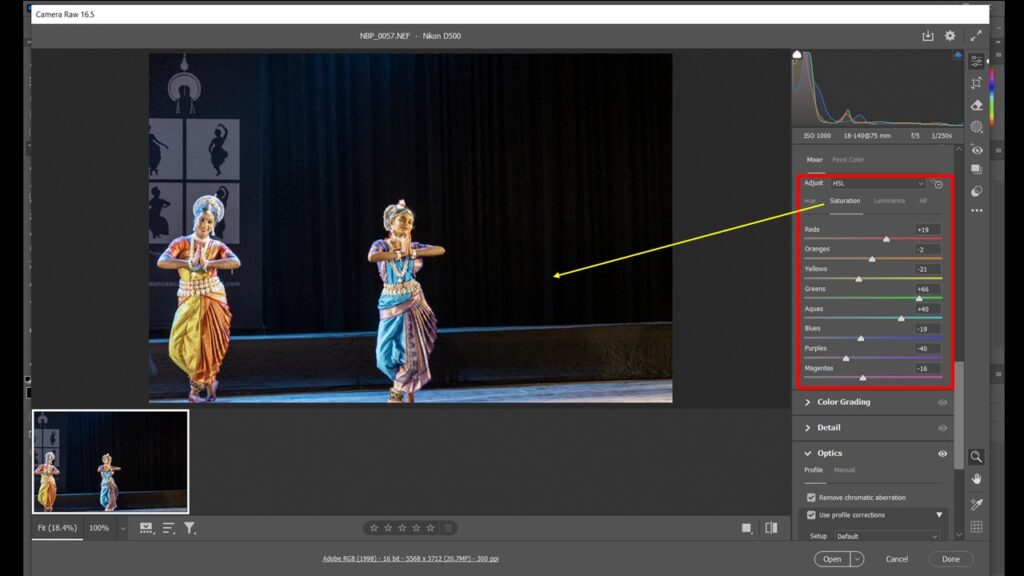Light spectrum and colors in photography are fundamental to creating striking images. The visible light spectrum consists of various wavelengths, each corresponding to different colors, from vibrant reds to deep violets. When light interacts with objects, it can be absorbed, reflected, or refracted, influencing how colors appear in a photograph. Understanding this interaction helps photographers manipulate exposure, white balance, and contrast, allowing them to capture the true essence of a scene. By mastering the science of light, photographers can enhance their artistic vision, creating images that evoke emotion and convey depth, ultimately transforming a simple moment into a captivating visual story.
The Human Visual System
The human eye is a remarkable organ, finely tuned to perceive a vast array of colors within the light spectrum. Our eyes contain photoreceptors—rods and cones—that respond to different wavelengths of light. Cones are responsible for color vision and are sensitive to three primary wavelengths corresponding to red, green, and blue (RGB). This trichromatic vision allows us to see and differentiate millions of colors.

When capturing photographs, understanding how the human eye perceives light can inform choices about exposure, color balance, and composition. Photographers often exploit the limitations of human vision to evoke emotions or draw attention to specific elements within a scene.
Colors and Tone Values
In photography, colors are not just visual elements; they convey mood and meaning. Tone values refer to the range of light and dark in an image and play a crucial role in defining colors. The relationship between colors and their tonal values can significantly affect the composition and emotional impact of a photograph.
Luminance: The Spectrum of Light
Luminance is a measure of the brightness of light, encompassing a spectrum that ranges from deep blacks to brilliant whites. In photography, this spectrum is often categorized into several key elements:
- Whites and Highlights: The brightest parts of an image where light is most concentrated. Effective use of highlights can draw the viewer’s attention and create a sense of dimension.
- Midtones: The middle range of luminance values. Midtones are essential for achieving balance in an image, allowing colors to appear natural and harmonious.
- Shadows: Dark areas in a photograph that provide depth and contrast. Shadows can add drama and highlight texture but must be managed carefully to avoid losing detail.
- Blacks: The darkest points in an image. Properly rendered blacks are crucial for adding richness and depth, grounding the image and providing a contrast to lighter elements.
The Importance of Luminance in Photography
Luminance affects not only the overall exposure of an image but also the perception of color. A well-exposed photograph showcases a broad range of luminance values, allowing for vibrant colors that are true to life. Conversely, poor control of luminance can lead to washed-out colors or muddy shadows, diminishing the image’s impact.
Hue, Saturation, and Vibrance
Color in photography can be divided into three key components: hue, saturation, and vibrance.
- Hue refers to the actual color perceived, such as red, blue, or green. It is the foundational aspect of color and is determined by the wavelength of light.
- Saturation indicates the intensity or purity of a color. Highly saturated colors are vivid and rich, while less saturated colors appear more muted or pastel. Adjusting saturation can significantly alter the mood of a photograph, enhancing or softening the visual impact.
- Vibrance is a relative measure of saturation that selectively boosts the less saturated colors in an image without affecting already saturated colors. This allows for a more balanced enhancement of color, ensuring that skin tones or other critical elements remain natural while other colors pop.

Applying Hue, Saturation, and Vibrance in Photography
Photographers can manipulate hue, saturation, and vibrance during post-processing to achieve desired effects. Understanding how these elements interact allows photographers to create specific moods, from vibrant and energetic to soft and ethereal.
For example, increasing vibrance can make landscape photos more visually striking, while lowering saturation might be ideal for portraits, where natural skin tones are paramount. Balancing these components is essential for conveying the right emotion and storytelling in photography.
Conclusion
In photography, the light spectrum and color theory are essential tools for capturing stunning images. By understanding how the human visual system interprets light, and by mastering the concepts of luminance, hue, saturation, and vibrance, photographers can elevate their work. This knowledge not only enhances technical skills but also enriches the artistic expression, allowing for a more profound connection between the viewer and the visual narrative. Ultimately, a well-crafted photograph is a harmonious blend of science and art, illuminated by the intricate dance of light and color.






